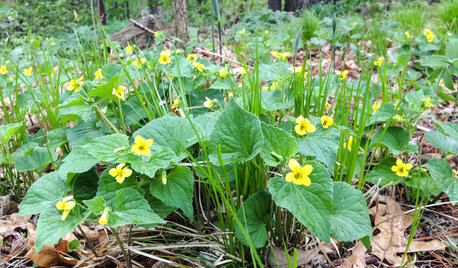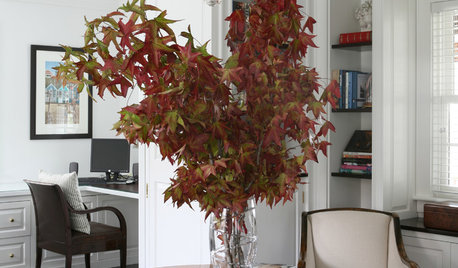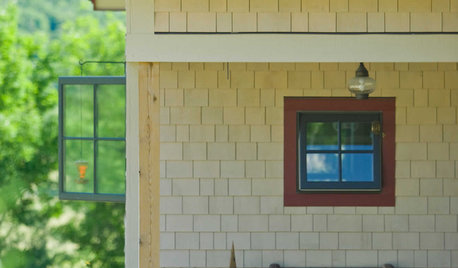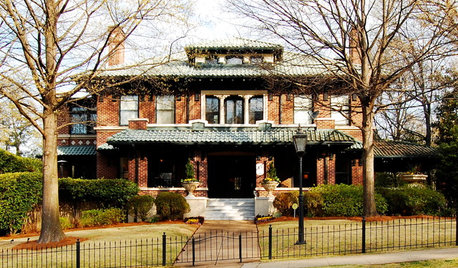yellow lower leaves?!
pisces7386
12 years ago
Related Stories

GARDENING GUIDESWhat's Wrong With My Plant? Leaves Often Hold the Clues
Learn how to identify common plant ailments by reading their leaves
Full Story
FALL GARDENING5 Ways to Put Fall Leaves to Work in Your Garden
Improve your soil and yard the organic way with a valuable garden booster that grows on trees
Full Story
LAUNDRY ROOMSRoom of the Day: The Laundry Room No One Wants to Leave
The Hardworking Home: Ocean views, vaulted ceilings and extensive counter and storage space make this hub a joy to work in
Full Story
GARDENING GUIDESGreat Design Plant: Viola Pubescens Dots Woodlands With Yellow
Plant downy yellow violet in eastern U.S. woodland gardens for its heart-shaped leaves and bright yellow flowers
Full Story
DECORATING GUIDES9 Easy Ways to Decorate With Autumn Leaves
Give your home a burst of color that can be used Halloween through Thanksgiving
Full Story
EXTERIOR COLORWhen to Paint Your Home Yellow
Be a cheer leader with this color that captures the sun and radiates a warm welcome
Full Story
COLORBest Ways to Use the Soft Yellow Color of 2014
You may fall for PPG Pittsburgh Paints’ Turning Oakleaf if you like your hues warm, mellow and cheery
Full Story
REMODELING GUIDESInterior Brick: Paint it or Leave It?
Here's how to know if covering that brick is a sin or solution
Full Story
DECLUTTERINGDownsizing Help: Choosing What Furniture to Leave Behind
What to take, what to buy, how to make your favorite furniture fit ... get some answers from a homeowner who scaled way down
Full Story
ARCHITECTUREStates of Style: Alabama’s Icons Leave Their Mark
In the first of a new series, discover the natural beauty, the architectural icons and some of our favorite homes deep in the heart of Dixie
Full Story






Bets
planatus
Related Professionals
Allen Landscape Architects & Landscape Designers · Salisbury Landscape Architects & Landscape Designers · Peabody Landscape Contractors · Westwood Landscape Contractors · Kahului Landscape Contractors · Lancaster Landscape Contractors · North Plainfield Landscape Contractors · Clearfield Landscape Contractors · Fort Pierce General Contractors · Hagerstown General Contractors · Redan General Contractors · Springfield General Contractors · Fishers Decks, Patios & Outdoor Enclosures · Honolulu Decks, Patios & Outdoor Enclosures · Westminster Decks, Patios & Outdoor EnclosuresGTNate
blessedfrog
ally99
Bets
dickiefickle
pisces7386Original Author